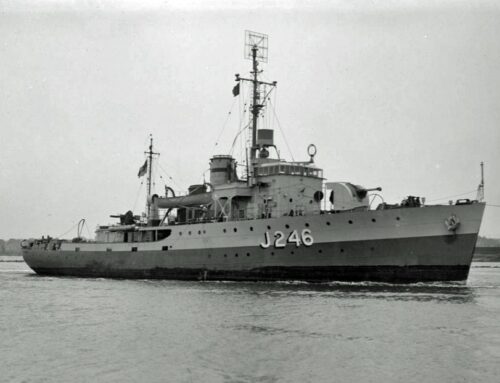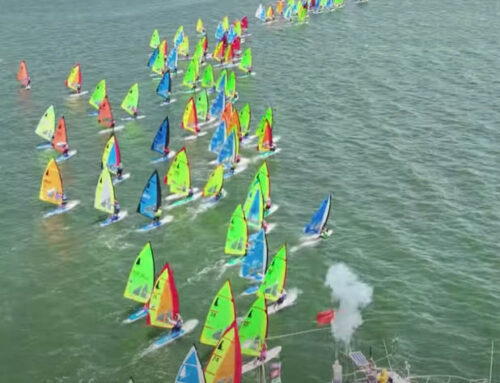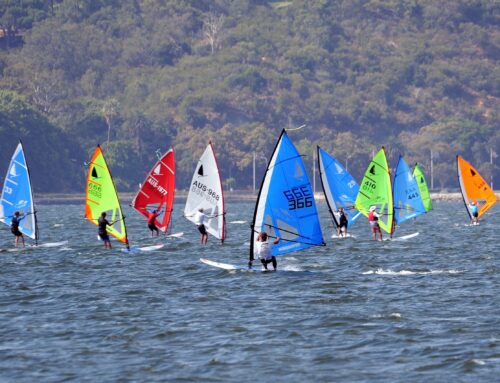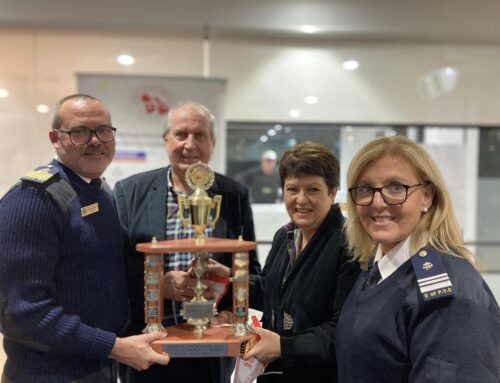Last weekend was another practice regatta for the Flying 15’s at Freo, which I was supporting.
Good progress from the previous week with most boats trimming a lot better, with their boats tuned differently. Glad you listened :)
Both days had biased courses and provided an opportunity to test the classic theory of “Sailing the longest tack first”
With the use of the Windbot device, we can clearly see (and learn) post-race. This is really important as often sailors come in frustrated not knowing what happened and just thinking they are slow.
On Saturday in a SW Gradient breeze of 9 to 15 knots, Race 3 had a place change on the last beat (Hamish and Muddy moving into the lead) with a significant right shift to 240 degrees.
So, we all know the strategy of sailing the longest tack first in biased course strategies. This is generally a very good rule however there are two exceptions and below shows one of those.
Exceptions:
- Significantly more pressure on the biased side of the course.
- Significant shift on the biased side of the course.
Significant Shift The below wind plot shows the 240 shift circled in red. How do you get there?
Most people were just sailing the longest tack first and not too worried about shifts. However, you can see in the yellow sections that there were a few short shifts to hitch up onto and get some leverage for a change without too much risk.
Easy to see in hindsight and those that benefited I’m not sure if they knew it was coming or just used those yellow shifts as opportunities to get a clear lane. Either way, it worked for Hamish and Muddy who took the win. Well done. Interestingly for those that have done Technical Analysis, it is a clear head and shoulders reversal pattern.
Significantly More Pressure On Sunday the courses laid were also very biased being set at 150 (early) but with the wind going from 148 to 200, so again lots of upwind sailing on Starboard Tack.
On many of the beats, there was significantly more pressure on the Right-hand side so you would think it would pay to go right. There were boats on that side that looked a long way in front at times. However, the mark was very close to the shore and it was just too long a tack on starboard to sustain taking that much risk as boats on the Right simply couldn’t get back to the mark and even if they had the pressure and shift they would overlay the mark. So even though there was 18 knots on the right compared to 12 knots on the lift, the 18 knots didn’t last long enough. So too much extra distance was sailed to benefit from the pressure.
I think this strategy paid for a couple of boats that were able to time it correctly but the trusted “Longest Tack First” was still the overall best strategy.
Biased Course Strategy
The other really important things about Biased Course Strategy are:
- Clear lane – As you will be on one tack for a very long time
- Good Start – Need to get into that clear lane very quickly
So starting skills are very important. Many boats need to work on their acceleration out of the blocks. You can think of it as a “jailbreak” There are 100 boats wanting to break out. Are you one of them, or are you left behind?
Windbot in action below – Keeping everyone honest. It allows the coach to watch the race with live wind readings and essentially sail the race with the sailors instead of just observing and being blind.
Racing back on the river this weekend for everyone.
See you then
Denis








